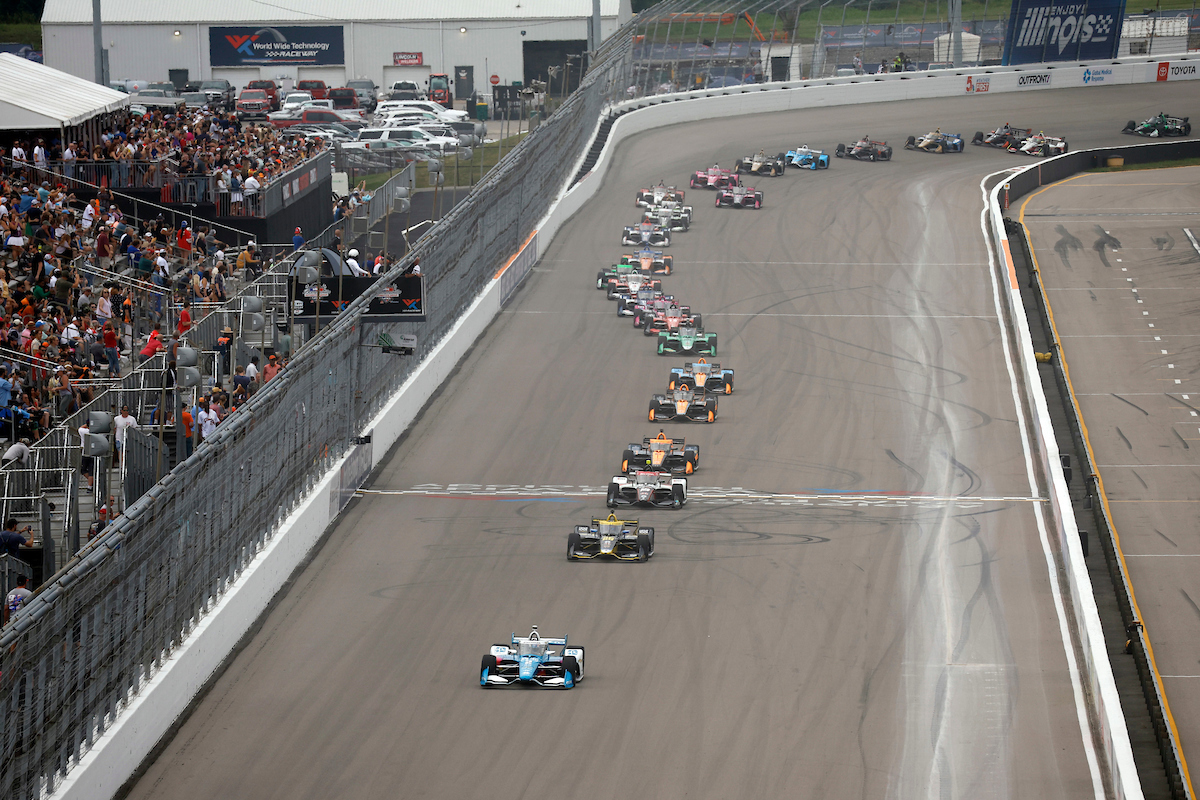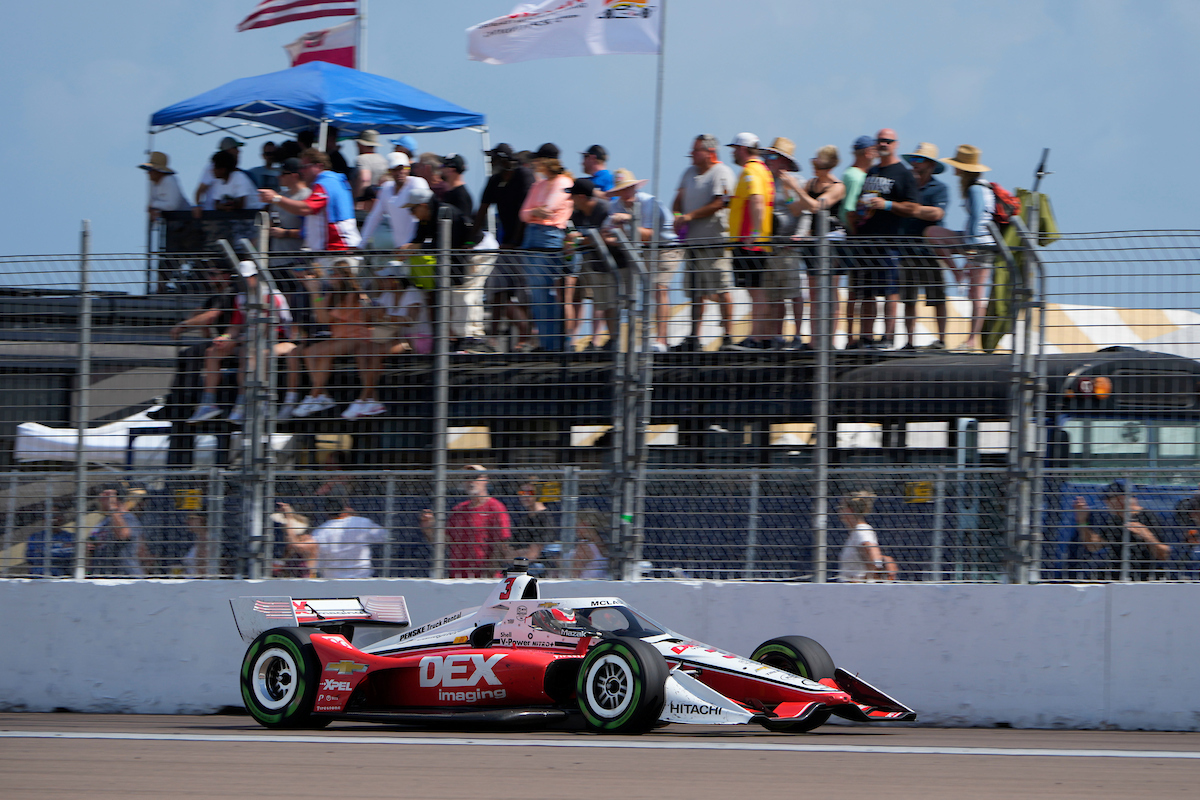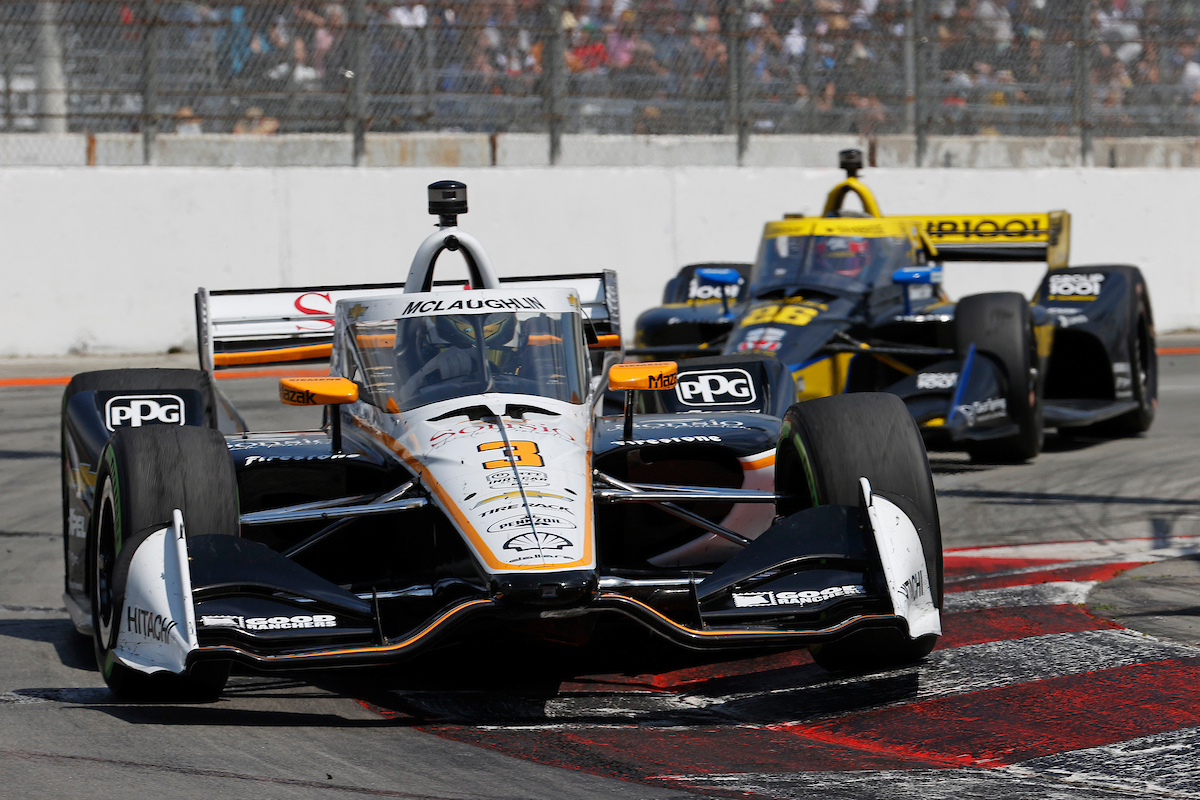How Many Gears Do Indy Cars Have? Understanding Their Transmission Systems
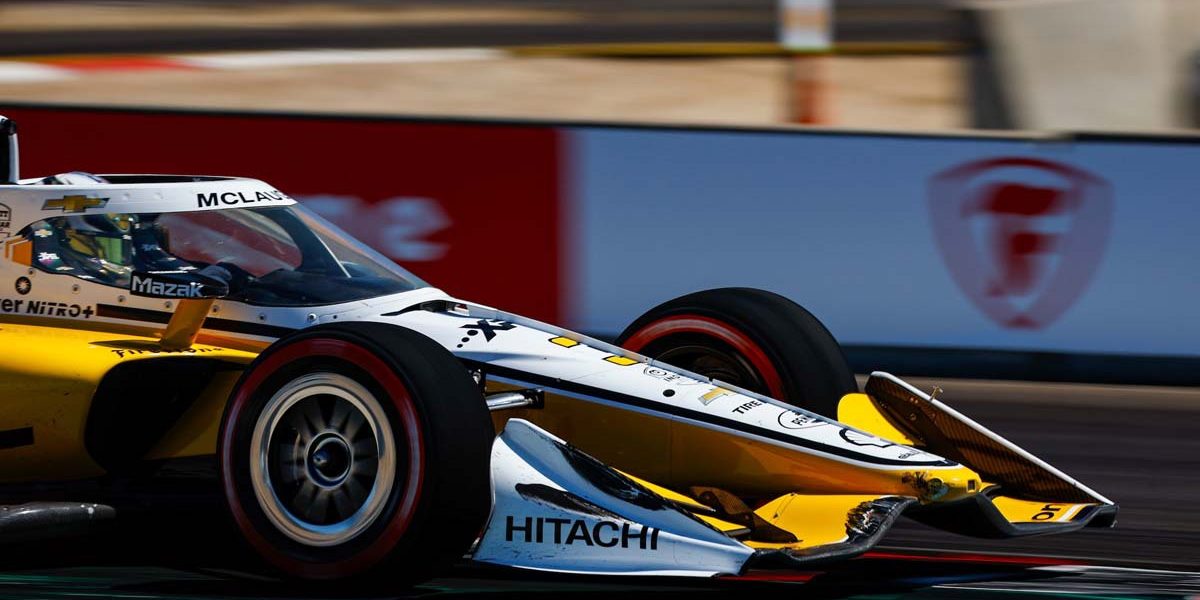
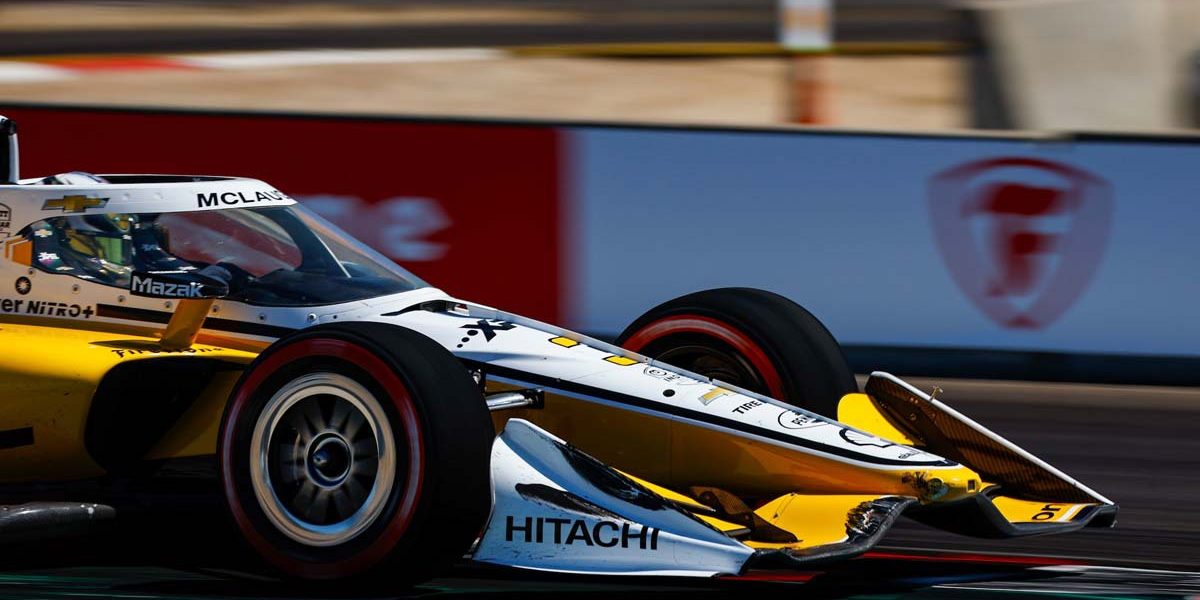
Indy cars are renowned for their speed and precision engineering, features that include a sophisticated gearbox to manage the immense power produced by their engines. An Indy car has six forward gears. This setup is designed to provide the optimal balance between acceleration and top speed, necessary for the varied tracks that the IndyCar Series races on, from tight road courses to high-speed ovals.
The design of an Indy car’s gearbox is a critical component that contributes to its performance. These vehicles use a semi-automatic pneumatic gearbox which allows drivers to shift gears quickly without taking their hands off the steering wheel. This technology not only contributes to performance but also enhances driver safety by allowing them to focus entirely on maneuvering the car at high speeds.
Key Takeaways
- Indy cars have a six-gear transmission optimized for diverse racing tracks.
- A semi-automatic pneumatic gearbox is employed for rapid gear shifts.
- The gearbox design is integral to both the performance and safety of Indy cars.
Table of Contents
Technical Specifications
Indy cars are high-performance machines featuring sophisticated engineering aimed at delivering extreme speed, precision handling, and safety. They represent the pinnacle of open-wheel racing with specific regulations that govern every aspect of their design and performance.
IndyCar Gearbox and Transmission Details
Indy cars are equipped with XTRAC #295 gearboxes which consist of a six-speed transmission but notably lack a reverse gear. They utilize a Mega-Line Assisted Gear Shift system, operated by steering wheel paddle shifters, allowing drivers to make quick shifts.
Engine Performance Factors
Each vehicle is powered by a 2.2-liter V6 twin-turbocharged engine, capable of producing over 700 horsepower with an estimated rev limit of about 12,000 RPM. The engines are from two manufacturers: Honda and Chevrolet. Fuel delivery is managed through a direct fuel injection system, with the cars running on 100% fuel-grade ethanol. The engines also include advanced ECU systems to manage things like boost pressure for optimum performance.
Chassis and Dimensions
The chassis used in Indy cars is predominantly the Dallara IR-18, a refinement of the earlier IR-12. It is a monocoque structure made from advanced materials like kevlar which play a crucial role in both performance and safety. Dimensions are strictly regulated; for instance, the width is typically between 75.5 inches (minimum on road courses) and 76.5 inches (maximum) with slight variations permitted for oval tracks. The wheelbase varies from 117.5 to 121.5 inches, ensuring stability and agility at high speeds.
Safety and Regulations
Safety is paramount in Indy car racing, with stringent regulations in place to protect drivers. The cars are fitted with advanced safety structures, including the monocoque, made with strong composite materials that shield the driver upon impact. Every car is also equipped with a fuel cell designed to minimize the risk of a fire in the event of a crash. Components such as the front and rear suspension, rear wings, and an anti-roll bar contribute to both the safety and performance envelope of the vehicles according to the series’ rules. Regulations ensure that standards for engine displacement, fuel (typically E85 ethanol), weight, and aerodynamics are met, maintaining a level playing field and prioritizing driver safety.
IndyCar Overview
The IndyCar Series, a preeminent form of open-wheel motorsports in the U.S., combines deep-rooted tradition with continual innovation in auto racing. With engines reaching 12,000 rpm and outputting upwards of 700hp, it is a showcase of horsepower, cutting-edge design, and technological development.
History and Tradition
The origins of IndyCar date back over a century, with the inaugural Indianapolis 500 held in 1911. A key annual event, it sparked what would become a series steeped in history. The sport has evolved through various stages, including periods known as Champ Car World Series (CART) and the Indy Racing League (IRL). The two merged in 2008 under the IndyCar banner, an endeavor initiated by Tony George, to unify the sport.
Current Manufacturers and Engines
Today’s IndyCar Series is powered by two mainstay engine manufacturers, Honda and Chevrolet, both supplying 2.2-liter V-6 twin-turbocharged engines. These powertrains emphasize a blend of performance and engineering finesse, regulated by the series to ensure close competition.
Chassis Design and Aerodynamics
A single chassis producer, Dallara, outfits the series with the Dallara IR-12 chassis (commonly referred to as the DW12), which champions both safety and aerodynamic efficiency. With sophisticated aerodynamics that generate significant downforce, it enhances the car’s stability and grip on both road courses and oval tracks.
The Role of Tires and Suspension
Firestone is the exclusive tire supplier, offering the Firestone Firehawk tires that are crucial for performance. The tire and suspension design work in tandem to manage the transfer of power to the track, while the car’s brakes are engineered to handle high-speed decelerations, especially on road courses with varied layouts.
Races and Tracks
The IndyCar Series stages races across a mix of ovals, road courses, and street circuits, providing a diverse challenge to drivers and teams. The series features famed venues such as the Indianapolis Motor Speedway and incorporates both the heritage of traditional oval races and the technical demands of road and street courses.
The Racing Experience
The Racing Experience in IndyCar encompasses a symphony of efficient pit crews, skilled drivers, high-performance vehicles, and the buzz of media that showcase the sport’s dynamics on oval tracks and road courses.
Pit Crews and Team Strategies
In the adrenaline-charged world of the IndyCar Series, pit crews are the unsung heroes keeping cars running at peak performance. Team Penske and Chip Ganassi Racing are examples of teams executing flawless pit strategies to ensure their cars spend the least time stationary. These crews manage tasks like tire changes, refueling, and aerodynamic adjustments. Every second saved in the pit can be the difference between victory and defeat, especially on speedways where the margin for error is minuscule.
Driver Skills and Challenges
Drivers like Simon Pagenaud pilot IndyCars through a variety of tracks: from the high-speed ovals of superspeedways to technical street circuits like Long Beach. They experience intense g-forces that test their physical and mental limits, especially during long stints on short ovals or during the prestigious Indianapolis 500. Driver skills are paramount; they must have a deep understanding of how to manage tire wear, fuel consumption, and downforce to excel in these diverse racing environments.
Comparisons with Other Motorsports
Comparing IndyCar to other motorsports such as Formula 1 (F1), there are key differences in technology and race strategy due to IndyCar’s unique mix of oval, road, and street courses. IndyCar races blend high-octane oval races with the precision of road courses. While F1 focuses primarily on road/street circuits, IndyCars conquer the sheer speed of superspeedways where they reach speeds in excess of 240 mph, bolstered by their twin-turbocharged 2.2-litre V6 engines.
Broadcasting and Media Influence
The broadcasting giant NBC plays a pivotal role in bringing the thrill of auto racing to the wider public in the United States and Canada. With extensive coverage of events (including the famed Toronto street race and the iconic Indianapolis 500), media influence has helped to embed IndyCar as a staple of North American motorsport tradition. Through high-definition broadcasting and live reporting, fans are immersed in the raw excitement of the sport, celebrating both its rich history and its ongoing evolution.






